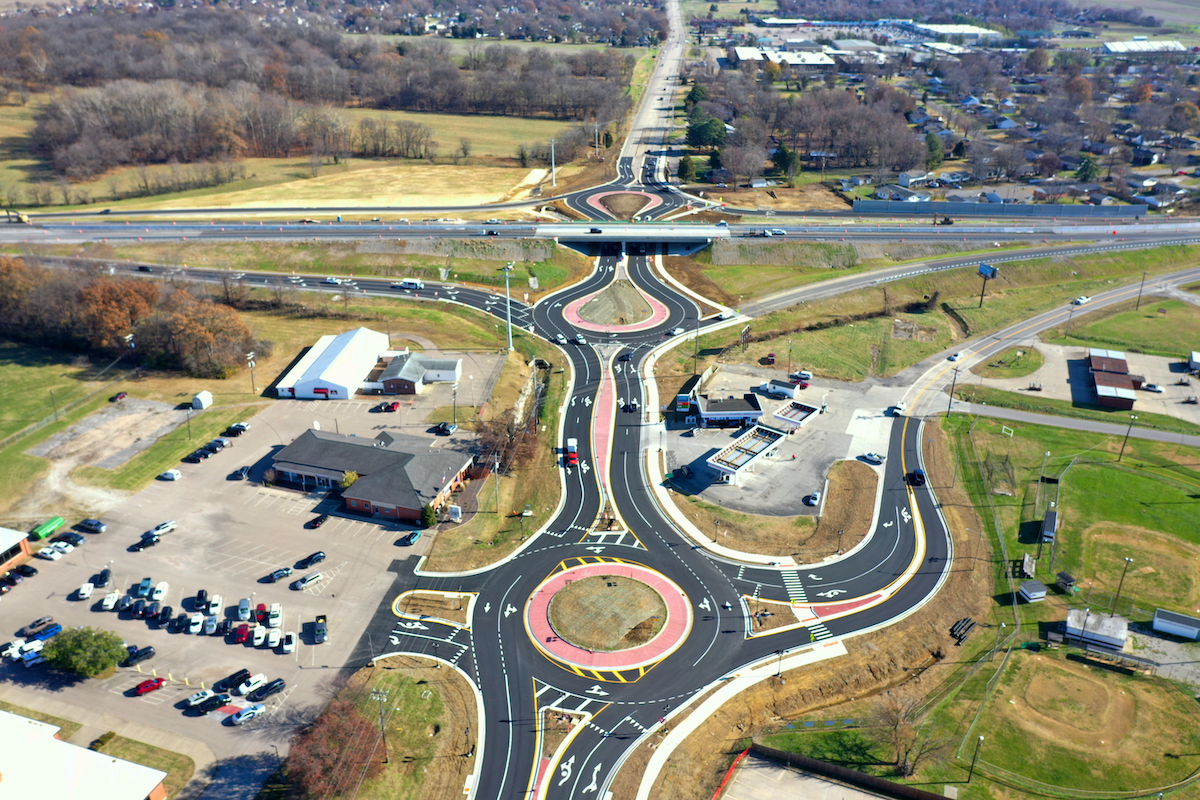The bypass consists of a concrete ‘flyover’ structure — a custom overpass that will allow eight additional trains through during rush periods and increase train speeds through the intersection by 60 percent. The intersection will now accommodate up to 7,200 additional passengers per hour during rush hour and save customers a half-million travel hours each year.
“This is a major milestone for one of the most complex transit projects in the United States,” said Toby Hansson, Lead Designer with Stantec. “The hard work from our construction and design partners has gotten us here, and one step closer to making CTA’s vision a reality for a revitalized transit network.”
The south end of the flyover structure was constructed on site and slid into place using self-propelled modular transporters, minimizing the length of track outages. The structure is supported by an 84-foot, 120-ton straddle beam — the ‘backbone’ of the flyover — which was installed early in 2021. The bypass has aesthetic updates from the existing tracks and includes noise wall characteristics that will dampen track sound to the neighboring community. Extensive noise and vibration studies and community engagement informed the design.
In addition to eliminating a significant bottleneck in the transit network and allowing for better train movement during construction, the bypass will enable the next phases of track construction, which will allow for increased train speeds once the antiquated, century-old Red and Purple Line tracks located underneath the bypass are replaced. In total, 1.9 miles of elevated tracks including bridges and support structures will be reconstructed, modernized, and replaced. Upcoming major RPM project milestones also include the completion and opening of ADA-compliant reconstructed stations at Lawrence, Argyle, Berwyn, and Bryn Mawr.

| Your local Leica Geosystems Inc dealer |
|---|
| Laser Specialist inc |
The design team features Chicago-based Stantec professionals as well as practitioners in more than 20 Stantec offices. EXP U.S. Services, Inc., SYSTRA International Bridge Technologies, and EJM Engineering are supporting as Design Subcontractors.
The design-build team broke ground in fall 2019, with project completion scheduled in 2025.





































































